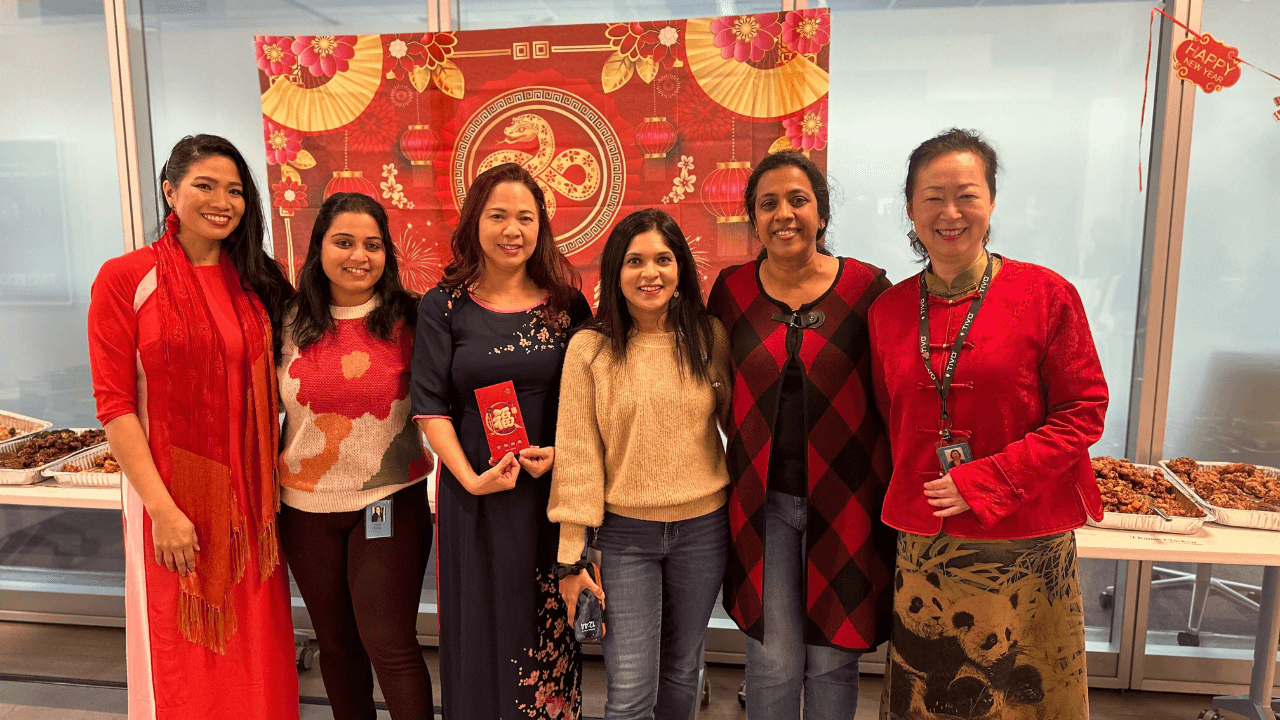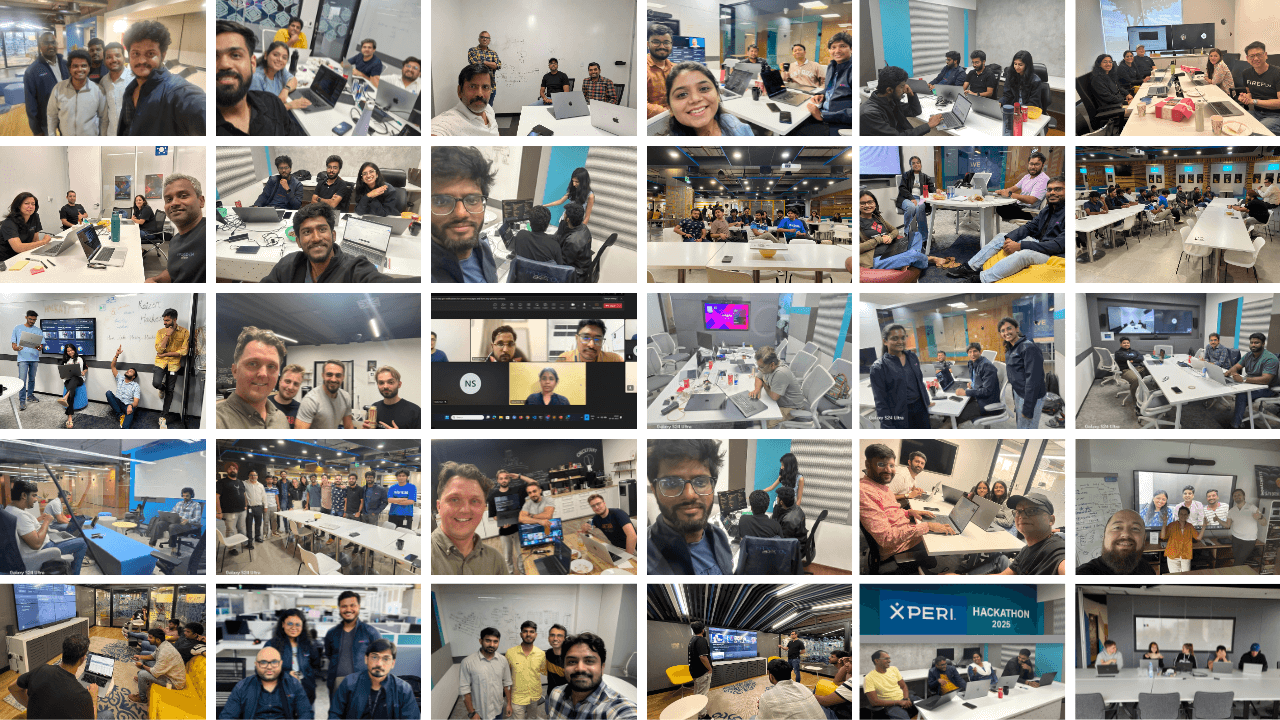Lunar New Year, also known as the Spring Festival or Chinese New Year, is celebrated by millions around the world. This year, the festivities began on January 29, marking the start of the Year of the Snake. But what exactly is Lunar New Year, and how do different countries celebrate this vibrant occasion?
What is Lunar New Year?
Lunar New Year is a festival that marks the beginning of a new year on the traditional lunisolar Chinese calendar. Unlike the Gregorian calendar, which is based on the Earth’s orbit around the sun, the lunar calendar is based on the moon’s cycles. This means that the date of Lunar New Year varies each year, typically falling between late January and mid-February.
The celebration lasts for 15 days, starting with the new moon and ending with the full moon. It is a time for family reunions, honoring ancestors and ushering in good fortune for the coming year. Each year is associated with one of the 12 animals of the Chinese zodiac, and 2025 is the Year of the Snake, symbolizing wisdom, transformation and introspection.
Celebrations around the world
While Lunar New Year is most prominently celebrated in China, it is also a major holiday in many other countries and regions, each with its unique customs and traditions.
China
In China, the festival is marked by family gatherings, feasts and various cultural activities. Homes are thoroughly cleaned to sweep away bad luck, and red decorations are hung to ward off evil spirits. Firecrackers and fireworks are set off to scare away the mythical beast Nian, who, according to legend, would come out to harm people on New Year’s Eve.
Daisy Ding, senior director of marketing in APAC, shared:
“We have a popular saying, ‘Rich or poor, going home for the New Year is a must.’ The government reports that during the eight-day Spring Festival holiday, the total volume of cross-regional passenger trips across society has exceeded 2.3 billion. That may give you some context on how important this festival is for Chinese people.
“This year, I went to visit my parents and brother in Shanghai. We drove to a small town near Shanghai and spent a few quality days there together, preparing big dinners, making dumplings, celebrating the countdown for the new year, playing Mahjong (a tile-based game) and setting off fireworks together.
“The custom of setting off fireworks during Chinese New Year is my favorite part of the celebrations. It is a long-standing tradition that symbolizes warding off evil spirits and welcoming good luck for the coming year. This tradition is not only a way to celebrate but also a means of bringing families and communities together to share in the hope of a prosperous and happy new year.”
A key tradition is the giving of hongbao (red envelopes), symbolizing luck and prosperity. These envelopes, often decorated with gold symbols like fu (福, “fortune”), contain money and are gifted by married adults to children, unmarried relatives and elders. The custom, rooted in legends of warding off evil spirits, has been passed down for centuries.
In workplaces, Kai Gong Lai See (开工利是) marks the first workday after the holiday. Employers give small red envelopes to employees as a token of appreciation and good fortune. Some employees also share lai see with unmarried colleagues or subordinates as a goodwill gesture.
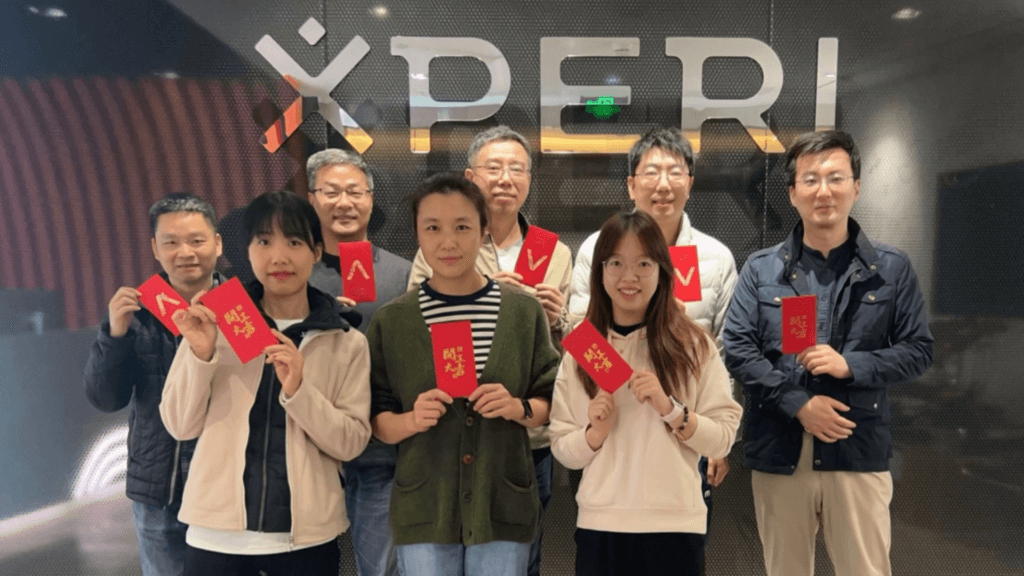
Shenzhen office on Kai Gong Lai See
Korea
Known as Seollal, the Korean Lunar New Year is a major national holiday when people return to their hometowns to visit their families and relatives.
Mihee Kim, executive assistant in Korea, shared how she celebrated Seollal this year:
“This Seollal, my husband and I traveled to my husband’s hometown first to visit his family and then returned to Seoul to visit my family.
“We took a train to get to Gangneung, my husband’s hometown, which is a beautiful seaside city on the east coast of Korea. After we arrived, we prepared some traditional foods together with the whole family.
“On the morning of New Year’s Day, we do Sebaeto wish a Happy New Year and well-being by bowing deeply to the elders. After receiving a bow, they give us a new year’s money and good words. After Sebae, our family gathered for breakfast. The main dish for New Year’s Day is Tteokguk — a traditional rice cake soup typically served with thinly sliced egg, seasoned laver and meat.
“Then, we traveled back to Seoul to visit my parents and grandparents. After Sebae to my parents and grandparents and exchanging well-wishes for the New Year, we played Yunnori together before dinner. As some may play board games on Christmas, Koreans often play a traditional game called Yunnori during Korean Lunar New Year. The game has players throw four wooden sticks to move their tokens on a dotted board and the first to finish the circuit wins.
“After Yunnori, we had another big dinner together, and then we returned home.
“It was a long journey but a great time for family bonding and connection!”
Vietnam
In Vietnam, Lunar New Year is called Tet. It is the most important holiday of the year, marked by family reunions, special foods and various cultural performances. Homes are decorated with peach blossoms and kumquat trees, symbolizing prosperity and good luck. The Vietnamese also observe the tradition of giving “li xi” or lucky money to children and elders.
Singapore and Malaysia
Singapore is a multiracial and multicultural country, with a significant population of Chinese, Malay and Indian descent.
Our colleagues in Singapore gathered for a Lohei, also known as Yusheng, which is a unique Singaporean tradition celebrated during Chinese New Year. It is a prosperity toss salad made of raw fish, shredded vegetables and various sauces and toppings, each symbolizing good fortune, health and prosperity. During the Lohei ritual, people gather around the table, mix the ingredients and toss them high in the air with chopsticks while shouting auspicious phrases. The higher you toss, the greater your luck in the coming year! This festive tradition is especially popular in Singapore and Malaysia, bringing families, friends and colleagues together to welcome a prosperous new year.
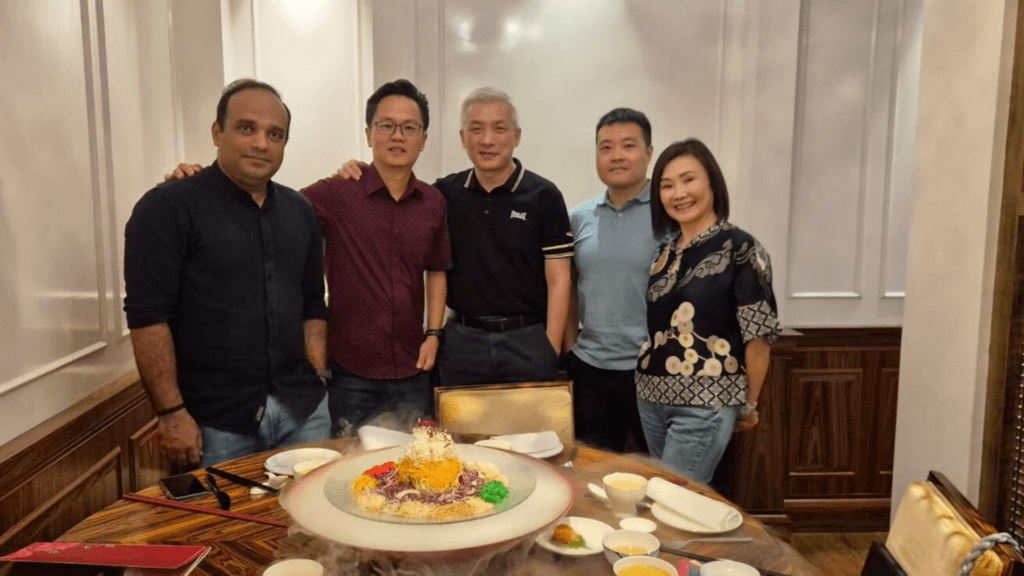
Taiwan
In Taiwan, Lunar New Year is a time for family reunions and cultural celebrations. Known locally as Guonian, the festival shares many similarities with Chinese New Year but also incorporates unique Taiwanese traditions. Preparations begin with a thorough cleaning of homes to sweep away bad luck and welcome good fortune. Families gather to enjoy festive meals, and temples are filled with worshippers offering prayers for a prosperous year. One of the highlights is the Dihua Street Lunar New Year market in Taipei, where visitors can buy traditional foods, decorations and gifts.
The Taiwan office celebrated Lunar New Year in mid-January, combining their year-end and New Year festivities with good food and fun games.
“As we welcomed the Year of the Snake, everyone received a red pocket for good luck on the first day back at work,” said Staci Hsieh, Taipei office manager.
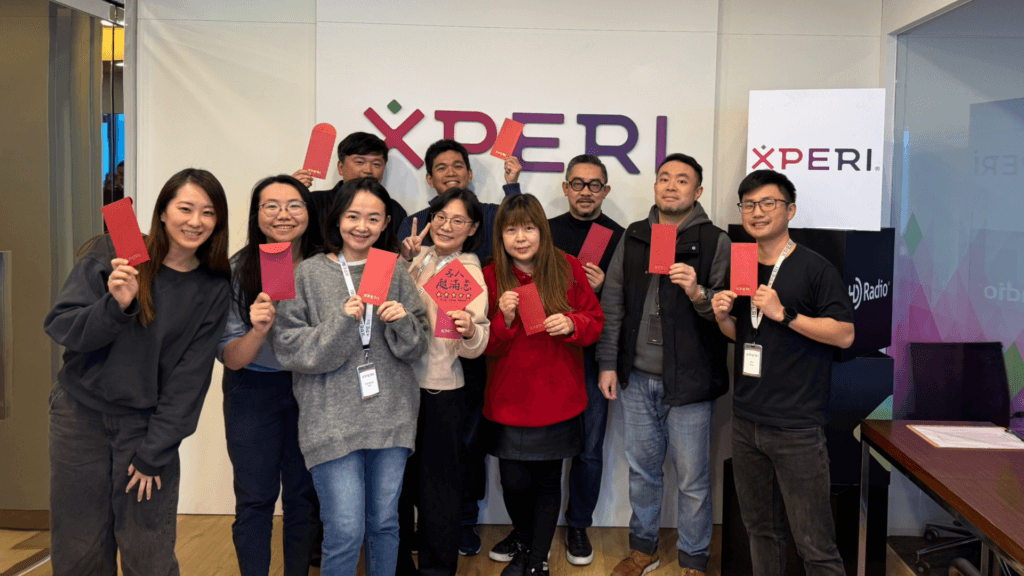
United States and Canada
In China, people typically have time off for 7-8 days to celebrate Lunar New Year, but in the U.S., people continue working as usual. Nevertheless, they still find ways to embrace the festive spirit. In North America, cities with large Asian communities, such as San Francisco, New York and Vancouver, host grand parades featuring lion dances, martial arts performances and cultural displays.
Our Asian & Pacific Islanders @ Xperi employee resource group hosted a lunch with Asian-inspired cuisine for Lunar New Year at the San Jose office. Yi Feng, senior program manager, generously handed out 100 cash-filled red envelopes to the attendees and Yalanda Birdsong, workplace services manager, arranged for an abundance of food for the employees to enjoy ringing in the Year of the Snake.
“It was a wonderful way to share Chinese culture, spread good fortune and bring joy to everyone in the office — making the celebration truly special,” said Yi Feng.
“It was great to celebrate the start of Lunar New Year at the San Jose office,” said Lu Estes, Asian & Pacific Islanders @ Xperi chair. “We did this last year, but it seemed like even more people came together to celebrate this year. San Jose also has a large Vietnamese population that celebrates Tet, and we hope to feature Vietnamese cuisine for future events at the office.”

Lunar New Year is a time of joy, renewal and cultural pride. Whether you’re celebrating with a traditional feast, watching a dragon dance, or simply spending time with loved ones, the spirit of the festival is universal. Happy Lunar New Year 2025!
